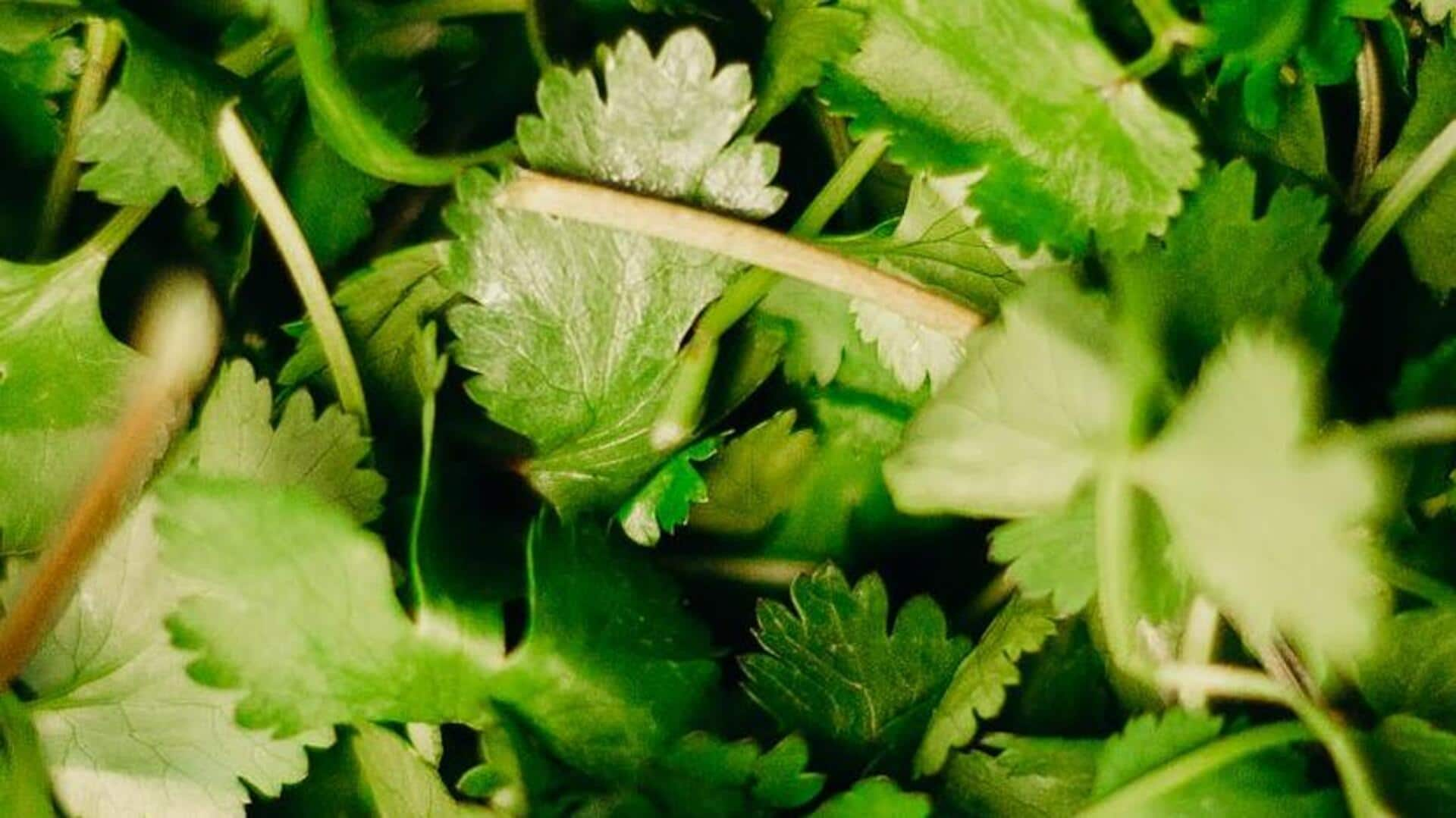
Clever cilantro: 5 perfect cultivation tricks
What's the story
Cilantro, or coriander as it's also known, is a beloved herb. Its fresh and zesty flavor has earned it a special place in culinary dishes worldwide. Growing your own cilantro can be quite satisfying, plus it guarantees you always have that fresh zing on hand. This article offers five key tips for growing cilantro like a pro, covering optimal soil conditions, watering practices, sunlight needs, harvesting methods, and pest control.
Soil choice
Selecting the right soil
Cilantro thrives in well-draining soil with a slightly acidic to neutral pH range of 6.2 to 6.8. For optimal growth, mix garden soil with compost or well-rotted manure to improve fertility and drainage. If growing cilantro in containers, choose a high-quality potting mix specifically designed for vegetables and herbs. Proper soil preparation from the start can significantly impact the health and productivity of your cilantro plants.
Watering practices
Watering wisely
Cilantro likes even moisture but won't tolerate waterlogged conditions. Water when the top inch of soil feels dry to the touch. Avoid overwatering as it can cause root rot—a common problem in cilantro. A drip irrigation system or a watering can with a long spout is ideal as it directs water to the roots, keeping the foliage dry.
Sunlight needs
Maximizing sunlight exposure
This herb loves the sun but also appreciates a little shade during hot afternoons, especially in warmer climates where temperatures regularly exceed 75 degrees Fahrenheit. Aim for at least four hours of direct sunlight daily, but if you're experiencing a particularly hot summer, giving them a bit of respite with some afternoon shade can prevent them from bolting (going to seed prematurely) too quickly.
Harvest time
Harvesting at peak flavor
To ensure optimal flavor, harvest cilantro leaves in the morning when the plant's oil content is at its peak. Snip leaves from the outer portion of the plant first. This promotes new growth from the center. Frequent harvesting helps prevent cilantro from bolting. That said, when it does bolt, let a few plants go to seed. These seeds can be saved for planting next season or used as coriander spice.
Pest control
Managing pests naturally
Cilantro is prone to pests like aphids and whiteflies, which can stunt its growth by sucking sap from the leaves. A simple solution is to spray the foliage with cold water early in the morning to knock off pests without the need for chemical pesticides. Plus, introducing beneficial insects such as ladybugs to your garden helps naturally control aphid populations, fostering an eco-friendly cultivation environment.